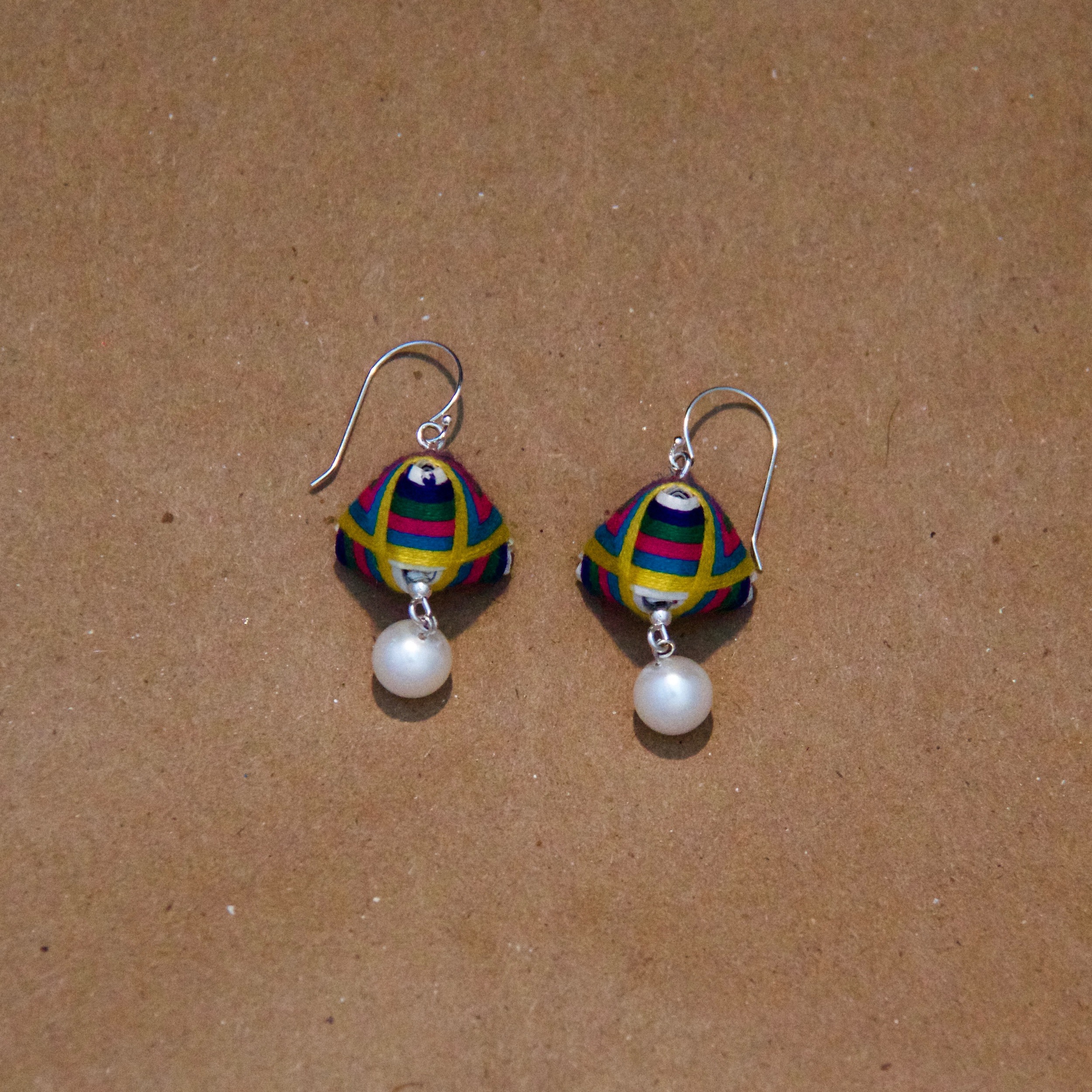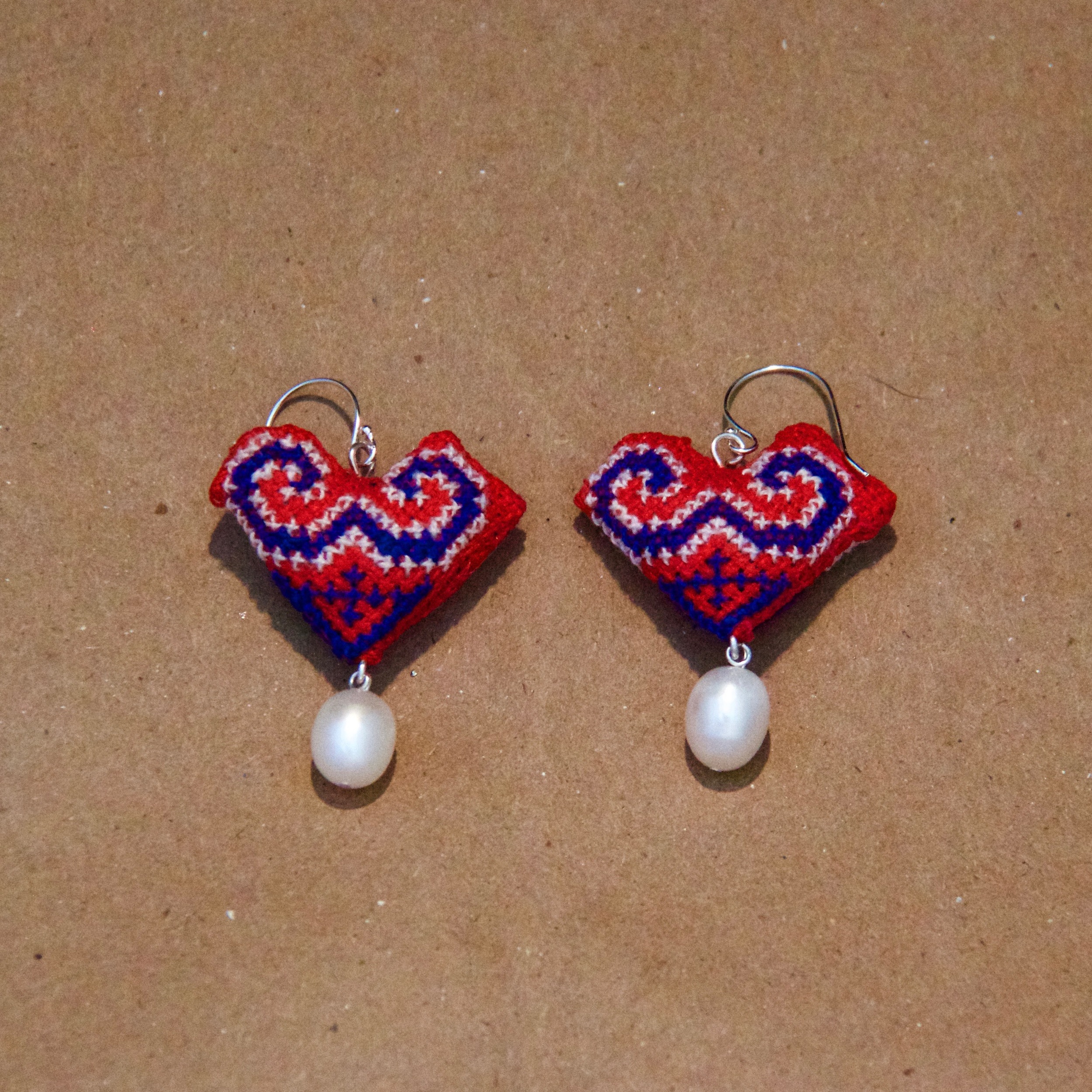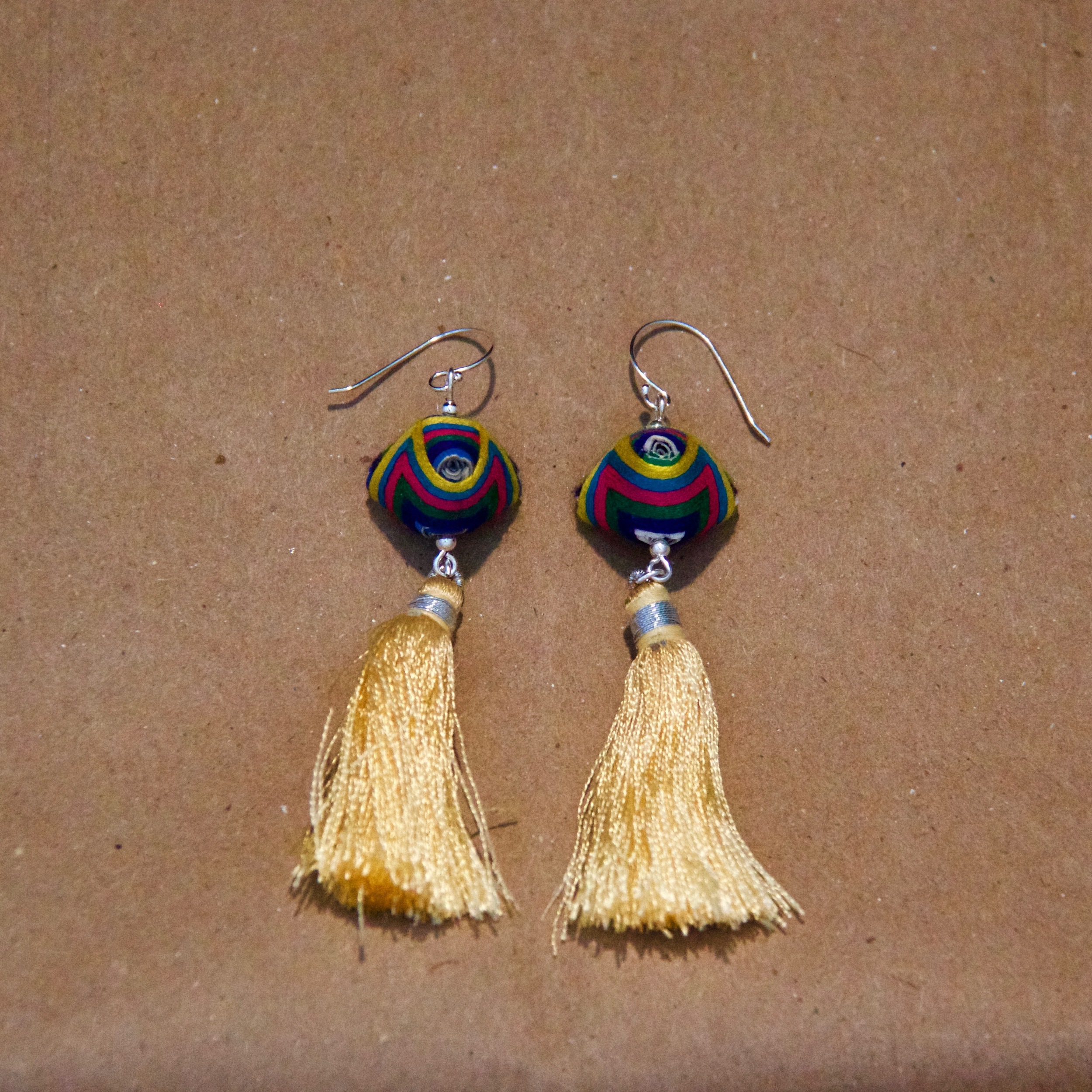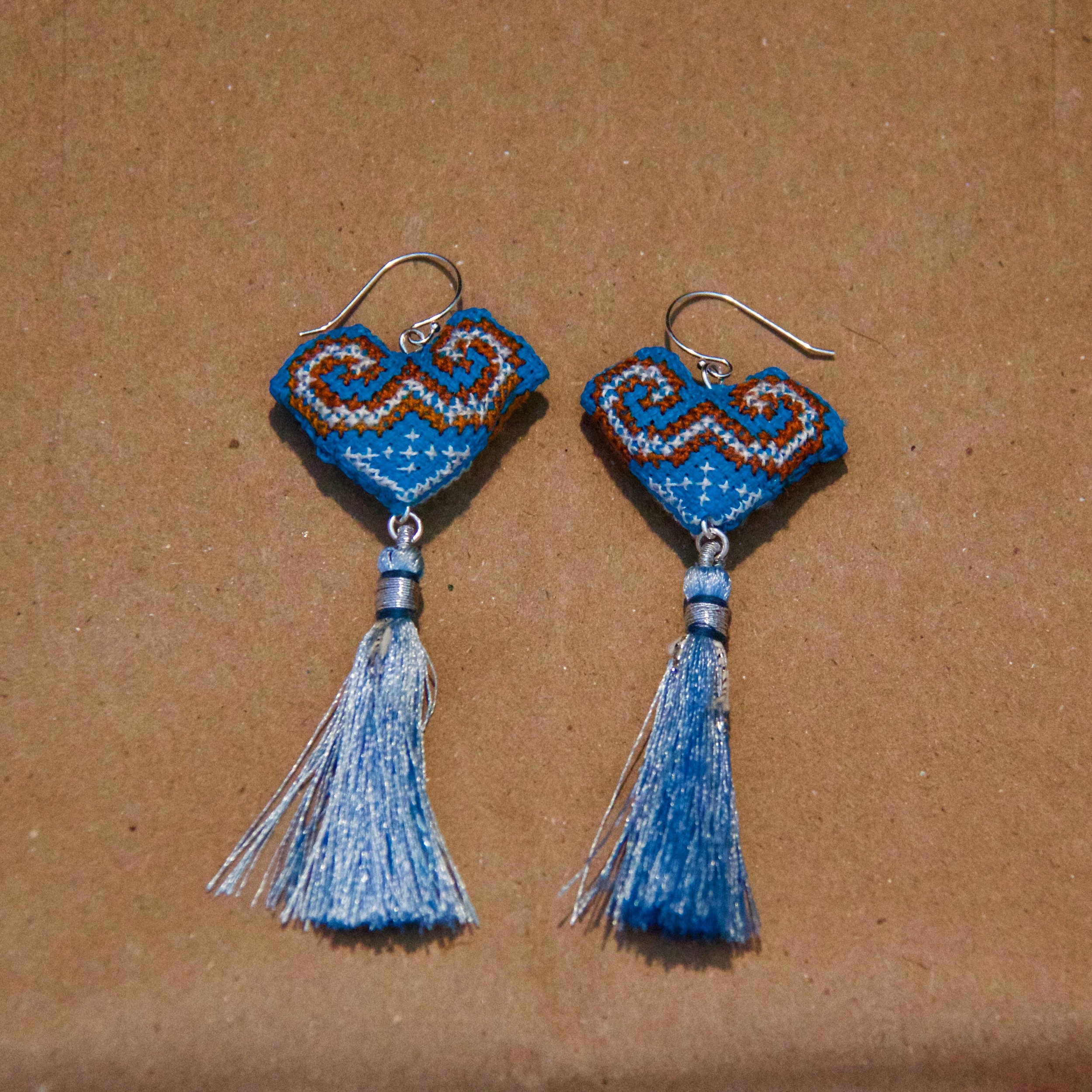
Asia
Buddha Earrings
Buddha was a unique being born out of compassion for the world. good, benefit, and happiness of Gods and men. He taught that one could attain enlightenment by his own efforts and realize the eternal bliss of nirvana.
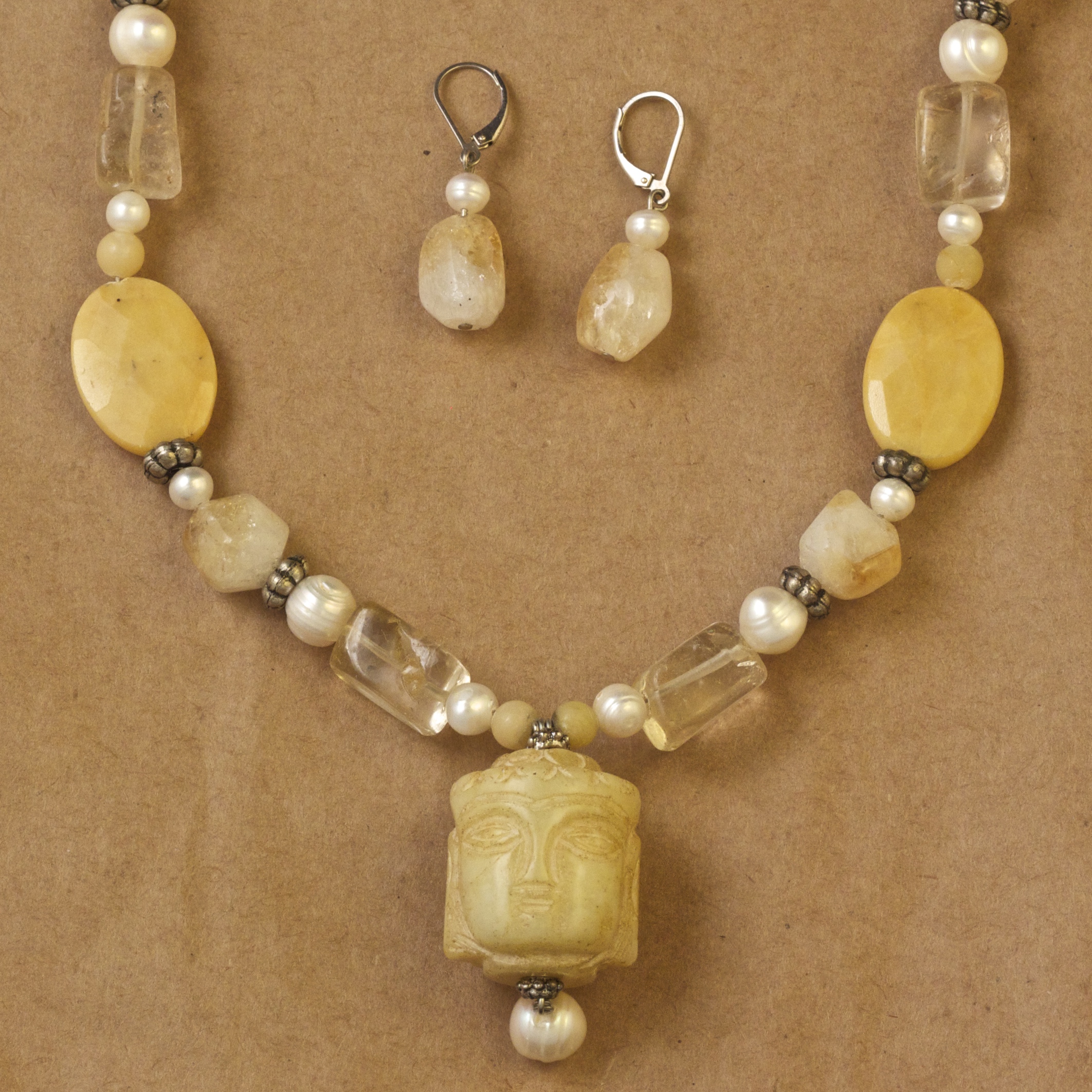

The Endless knot
The Endless Knot symbolizes the nature of reality where everything is interrelated. Having no beginning or end, it also represents infinite wisdom and compassion.
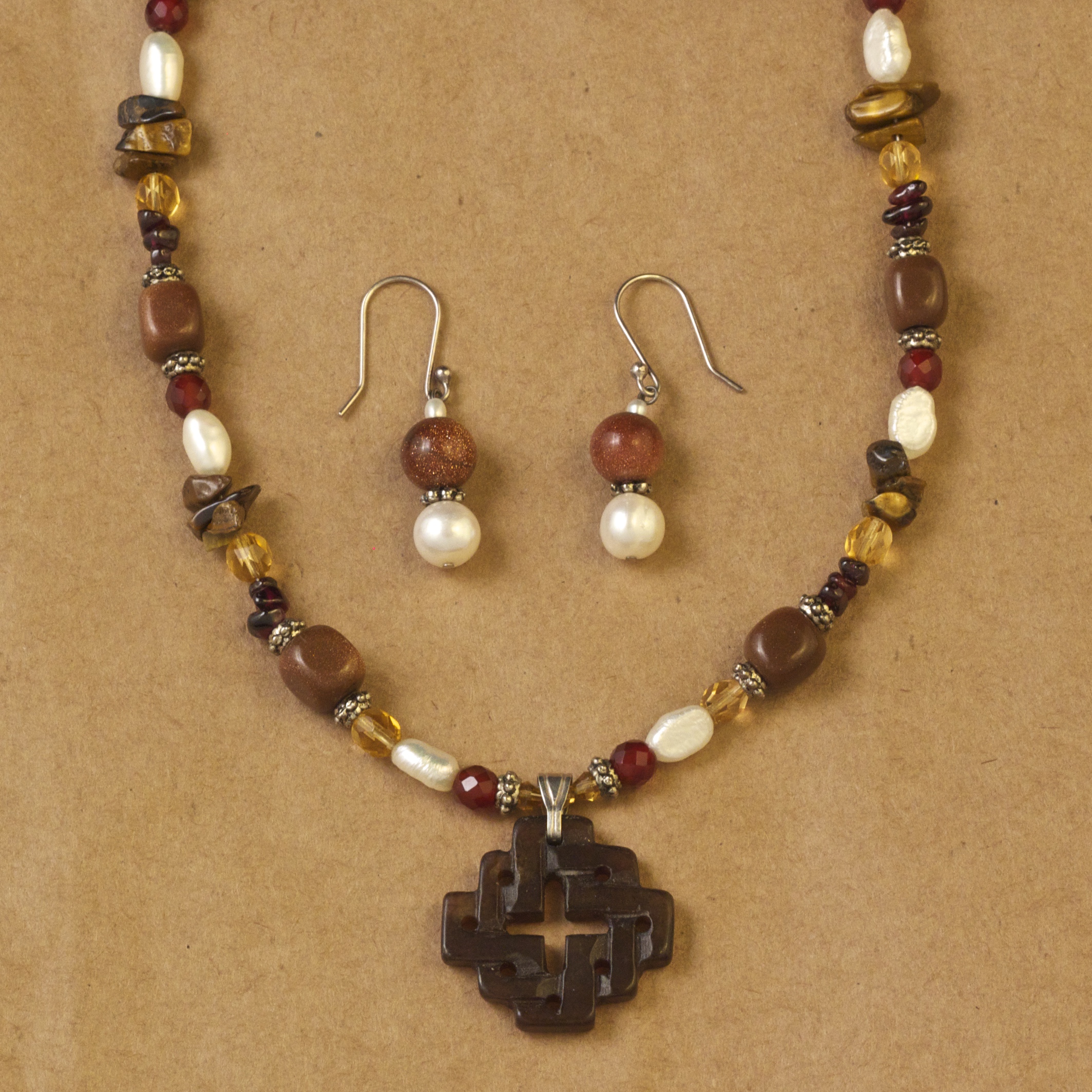
Tibetan Long Life Symbol
The awareness of the shortness of life and the acceptance of all things including length of life, is a virtue one cultivates within oneself. The wish for a long life, usually for a teacher, occasionally for oneself, represents an aspiration of hope for a long period of time to help others through dharma teaching, or to practice and cultivate spiritual merit.
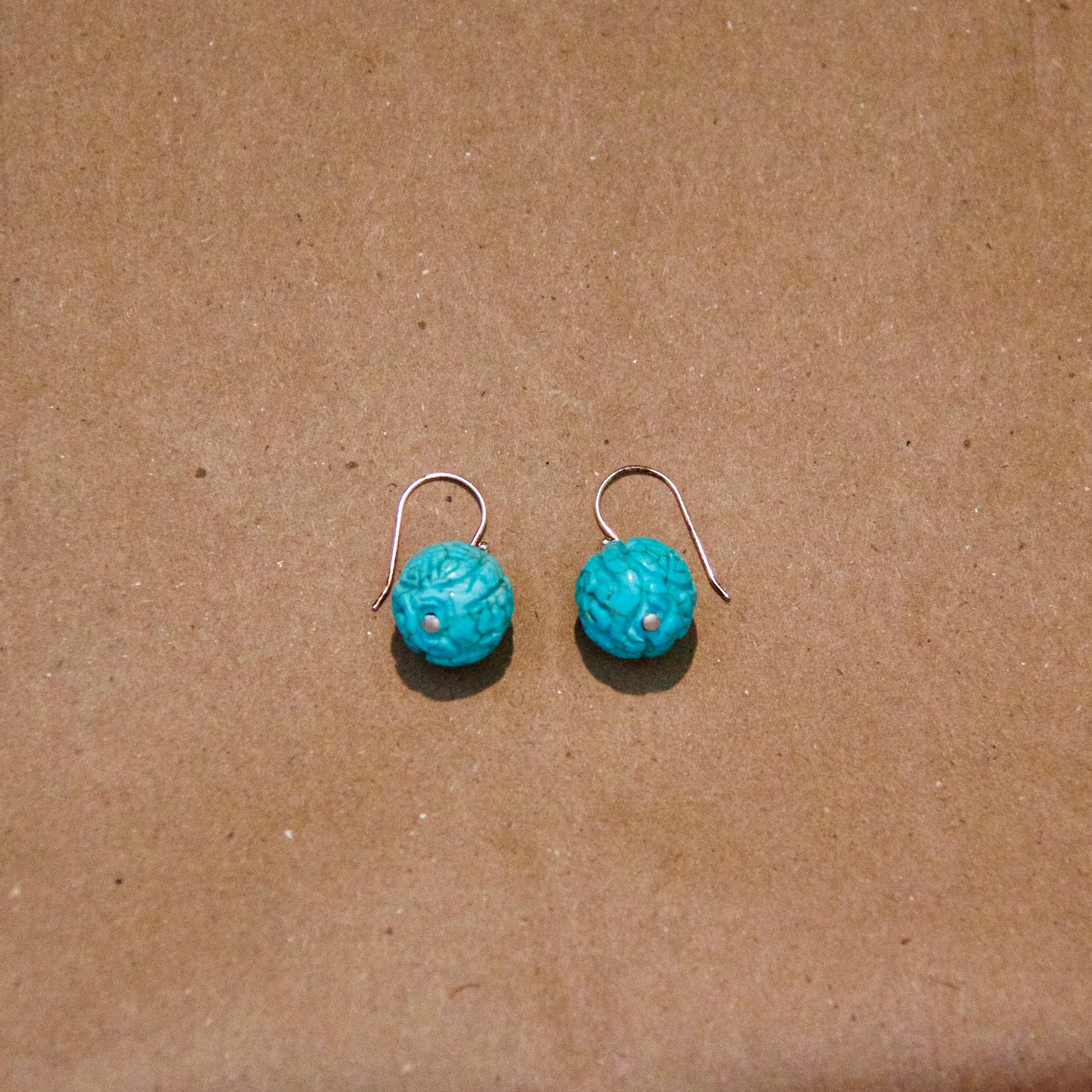
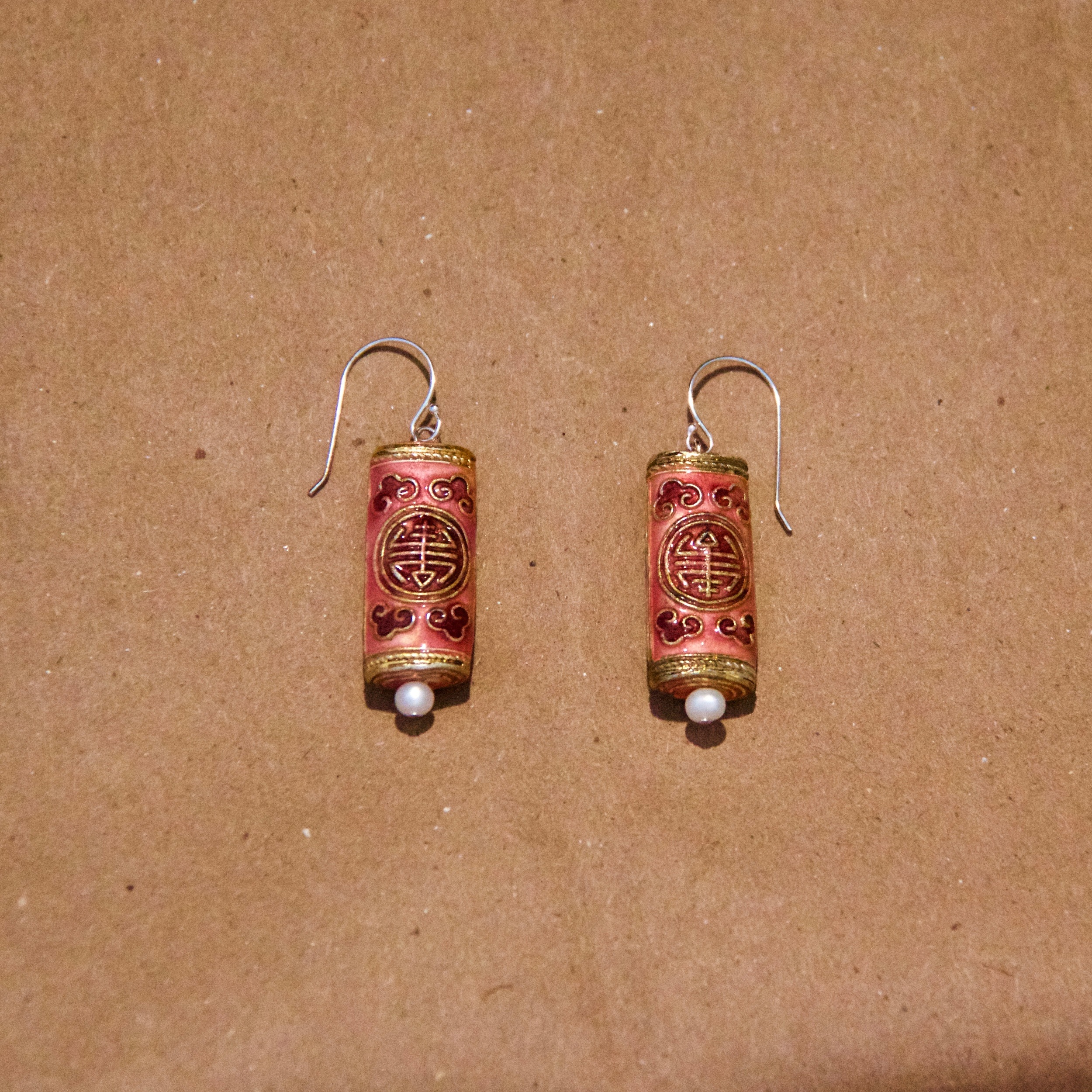
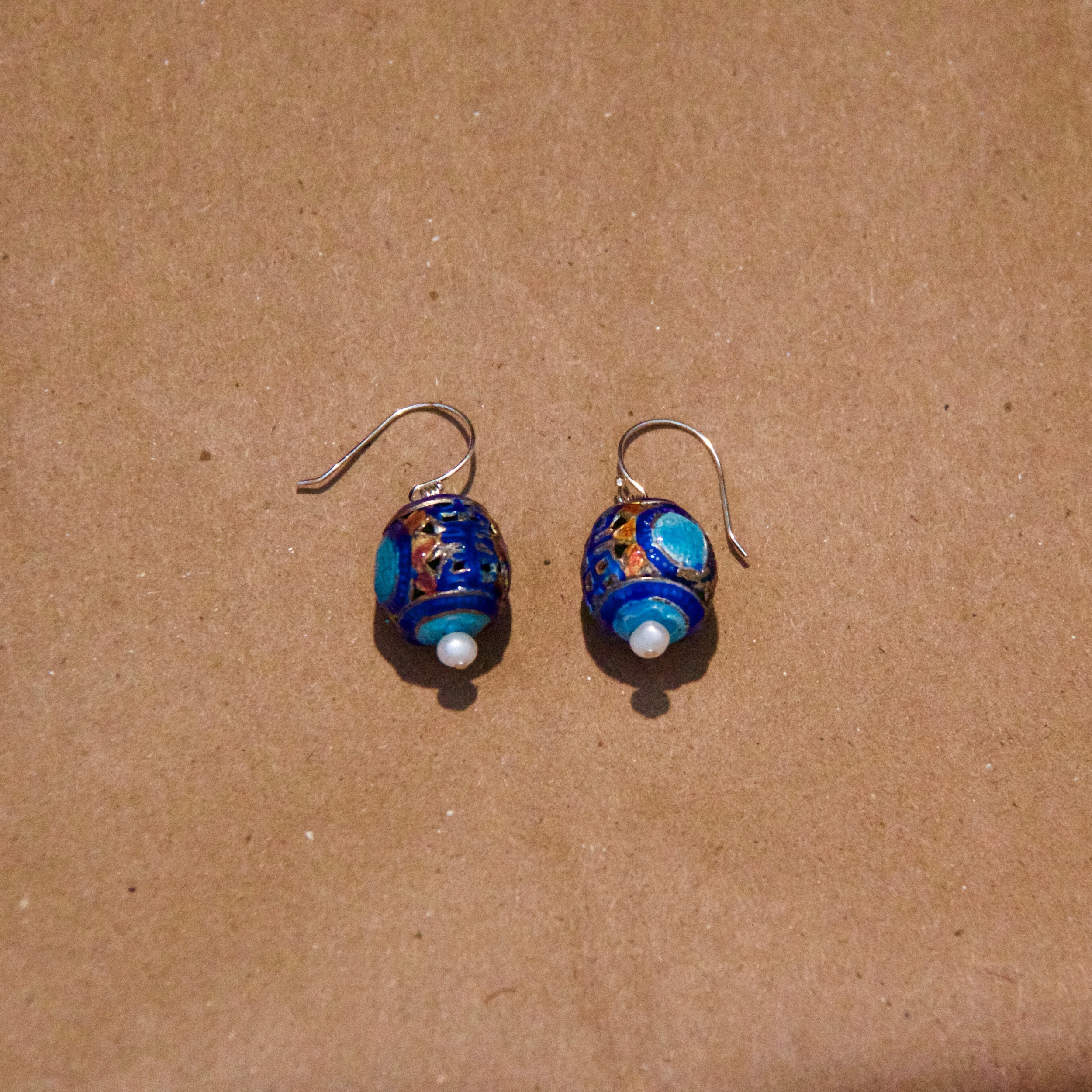

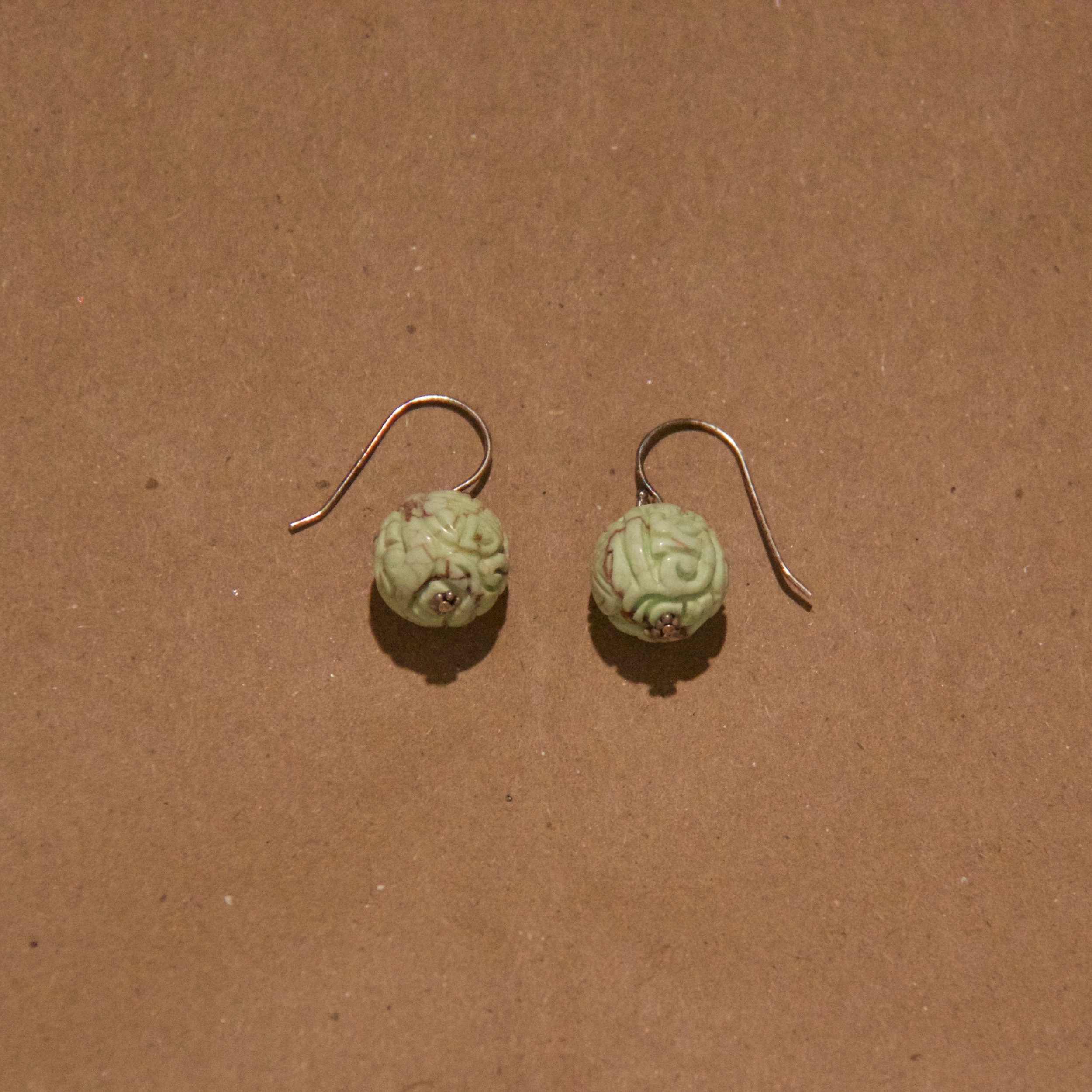
The hamsa
A hamsa is a hand shaped amulet that has been recognized as an icon of protection since prehistoric times. Worn by those who have faith in a 'higher power', it has evolved to become regarded as a sacred symbol in Islam, Buddhism, Jainism, Hinduism, Chirstianity, and Shamanism. A hamsa is believed to offer its protection from the evil eye as well as happiness, peace, and prosperity.
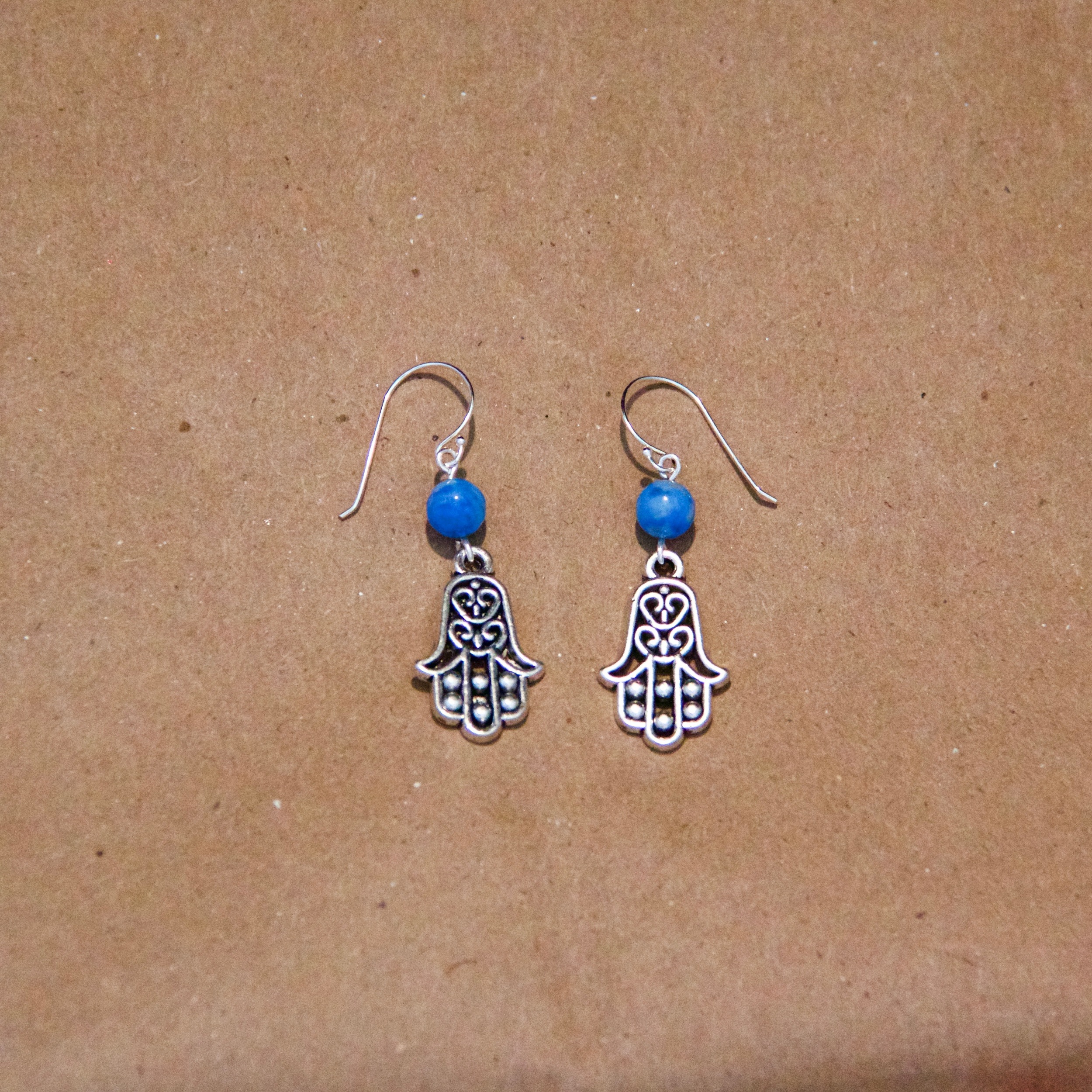
Tibetan beads
Tibetans love to adorn themselves with jewelry. In the past, elaborate silk trade routes brought beautiful and exotic beads from far off lands. Beads are used as objects of wealth and social status, or as talismans, and have always been part of the daily spiritual and secular life of the people.

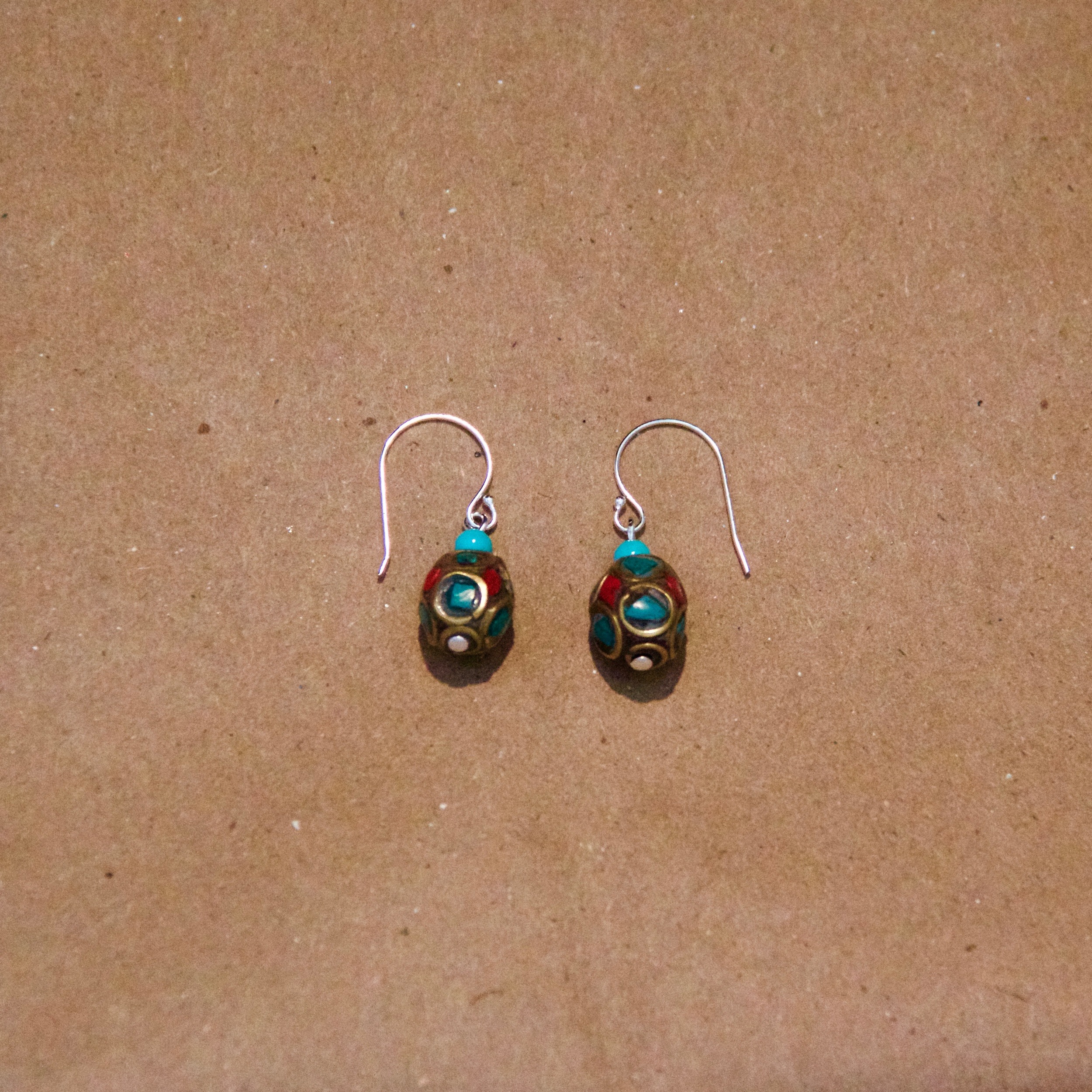
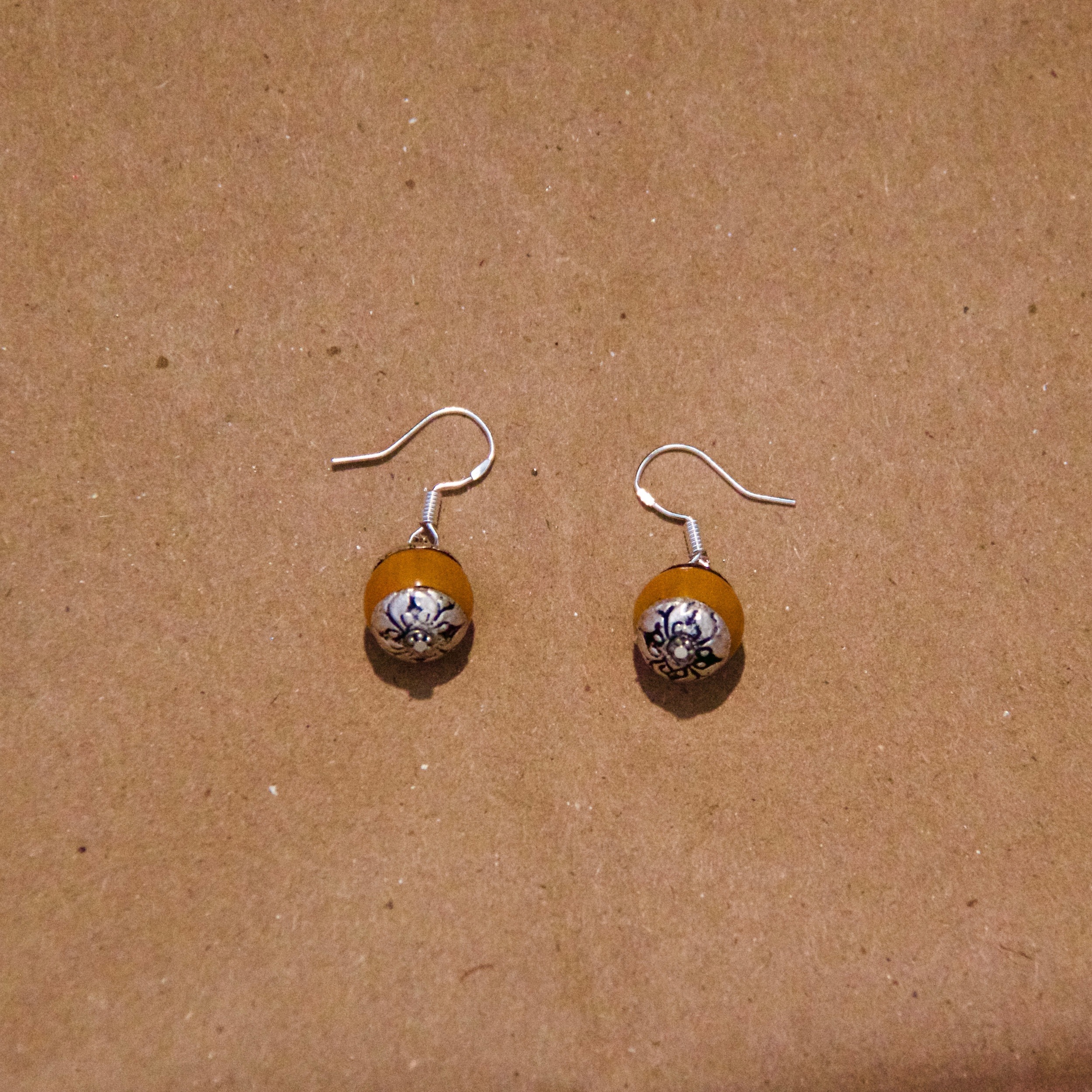
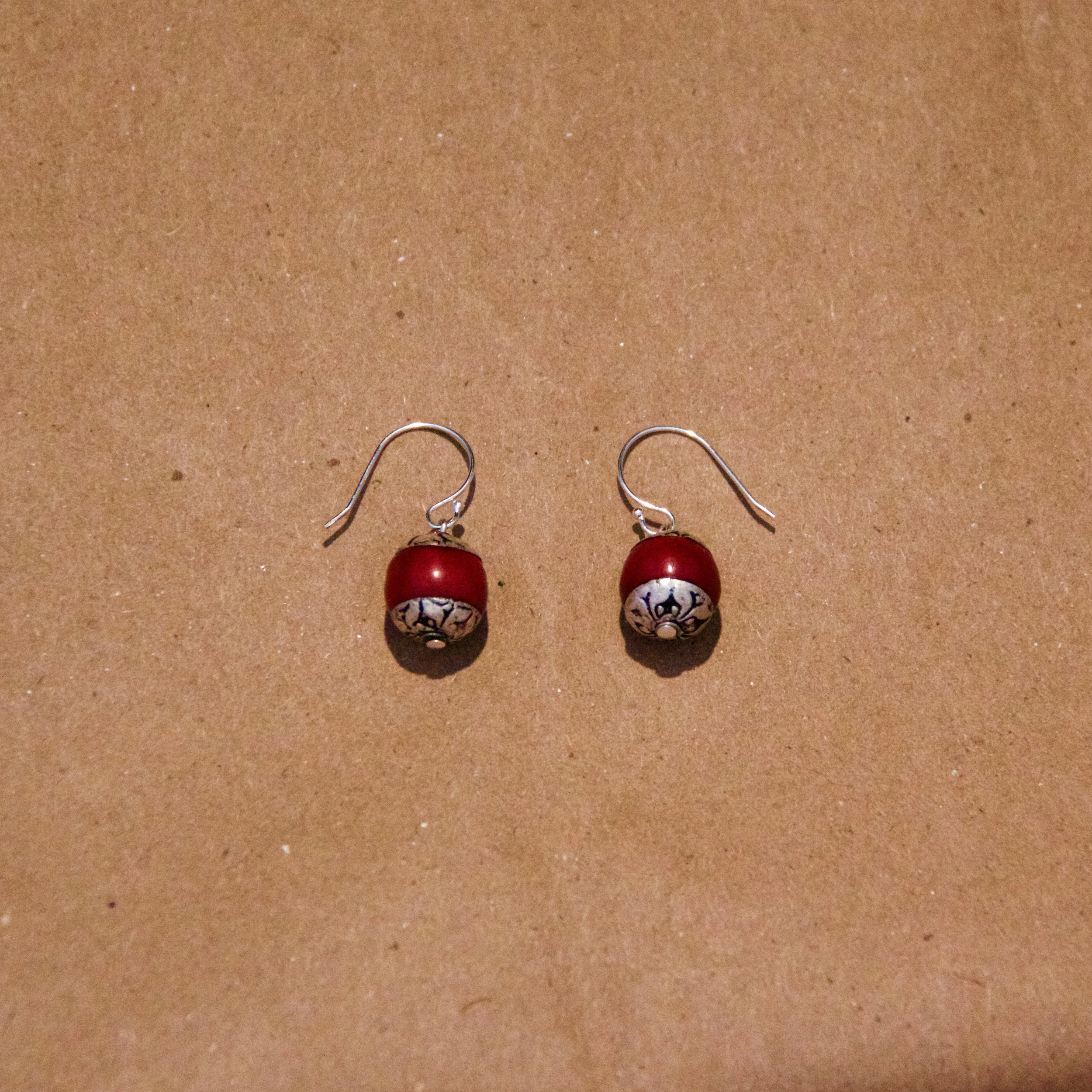
Mala beads
Malas (Sanskrit, meaning garland) are sets of beads, used by Buddhists and Hindus. The beads help to keep count white reciting, chanting, or mentally repeating a mantra. The Mala is used so that one can focus ones' mind on the meaning or sound of the mantra, rather than counting its repetitions.Similar to other forms of paper beads Mala have been known as the Buddhist rosary.
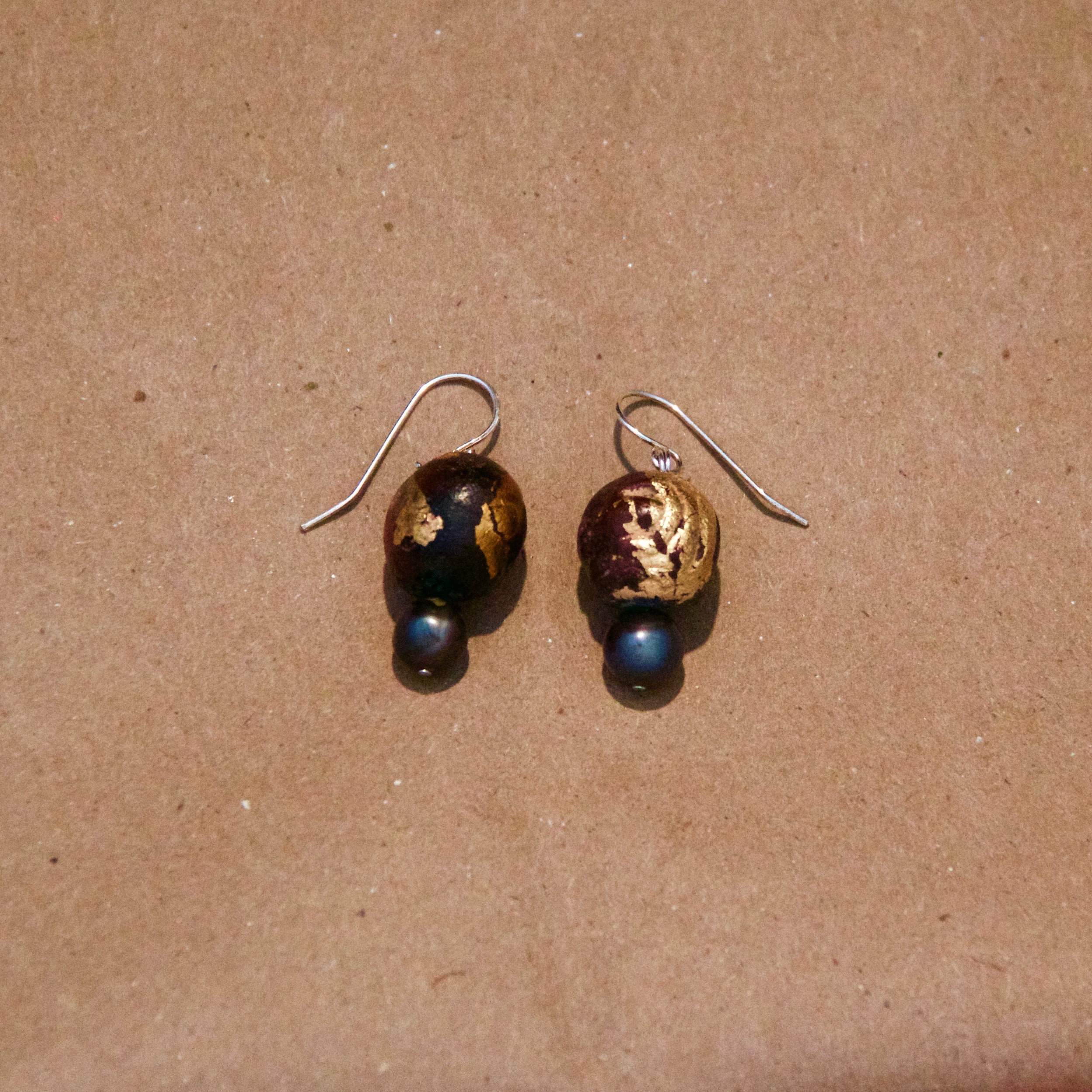
Mahjong Tiles
Mahjong (originally Mah que, meaning Sparrow) is a game that originated in China. The game is similar to the Western card game Rummy. Generally played with a set of 144 titles based on Chinese characters and symbols, it's a simple game with comples scoring and many rituals. The tile shiffling ritual is called "the twittering of the Sparrows' because of the melodious sound. Today the game is played all over the world.
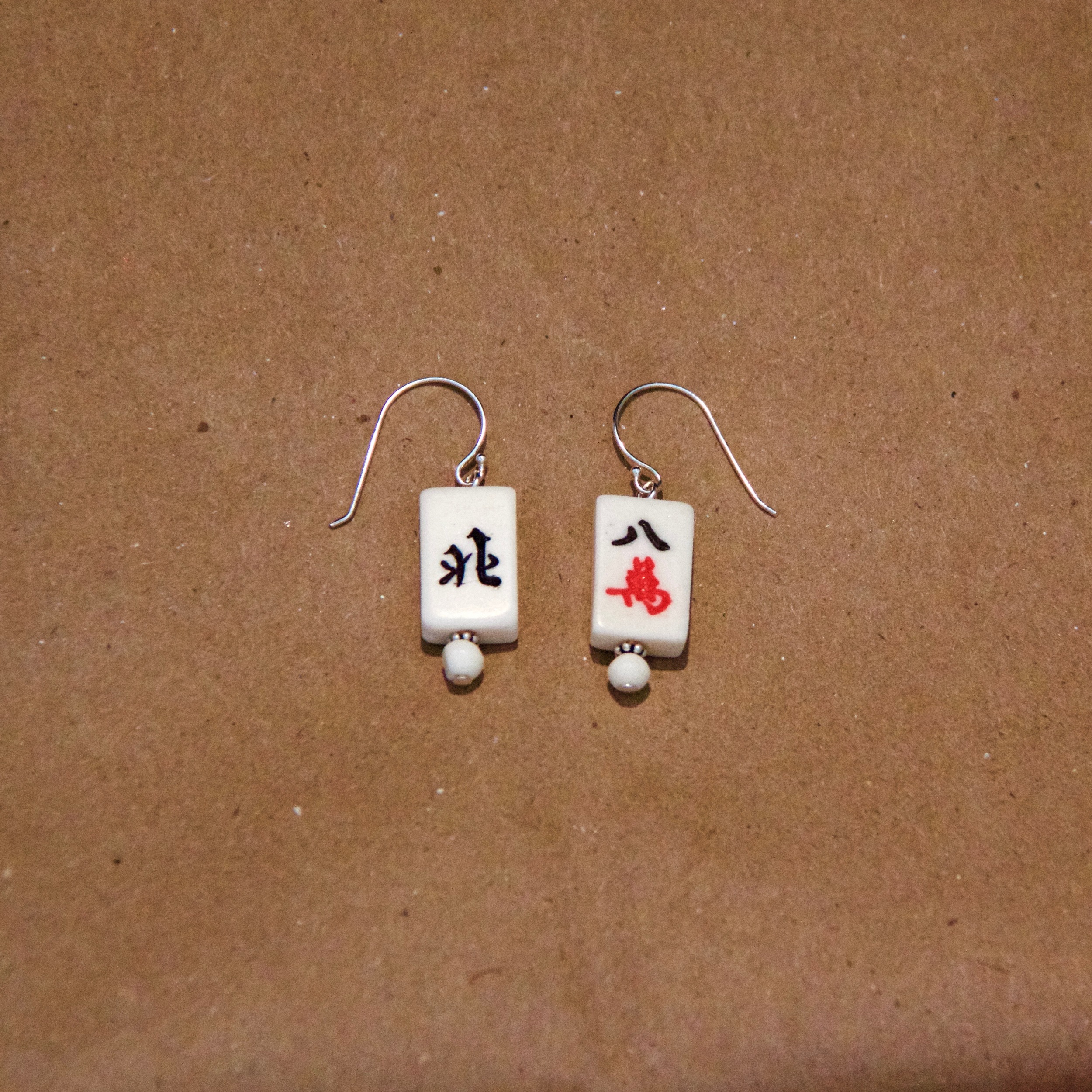
Laos
Laotian textile handicrafts are known for their colorful and intricate needlepoint, weaving, and embroidery. The Yao ethnic group creates especially beautiful and distinctive textiles. Villages grow their own cotton and hand-weave the cotton cloth on traditional wooden frame looms. Regional styles can vary from striping to elements of nature and mythical creatures. These skills continue to be passed down from one generation to the next.
